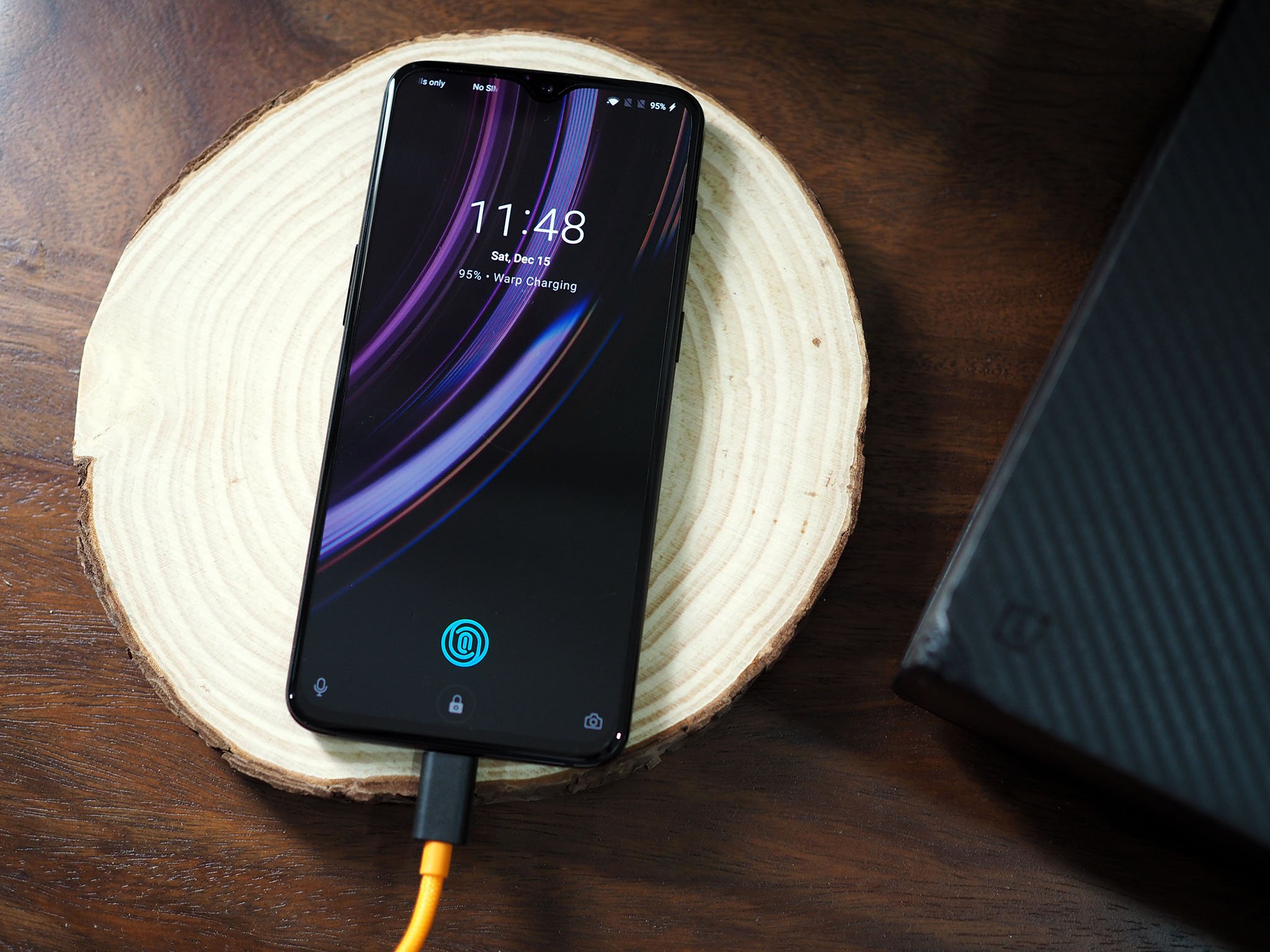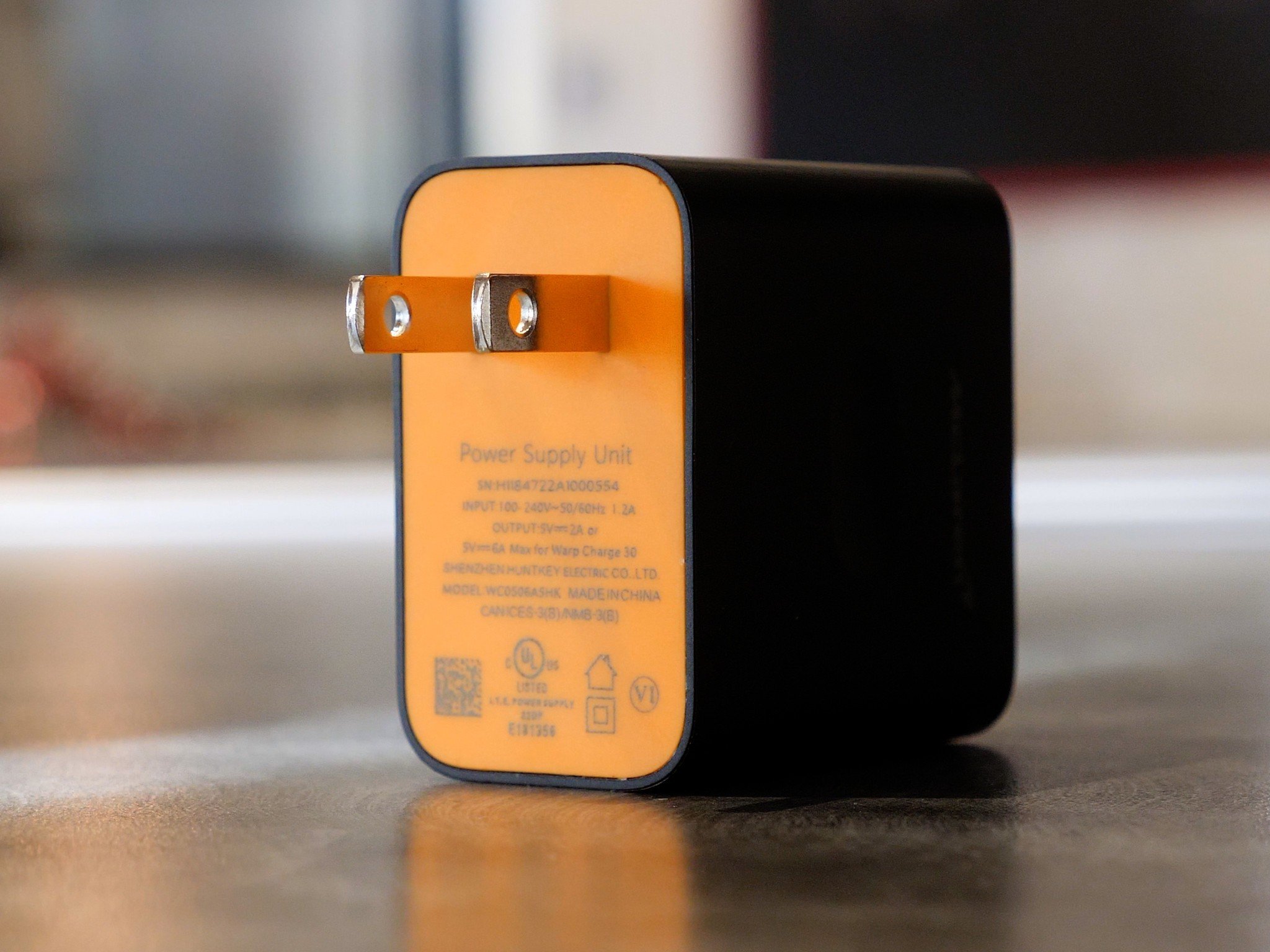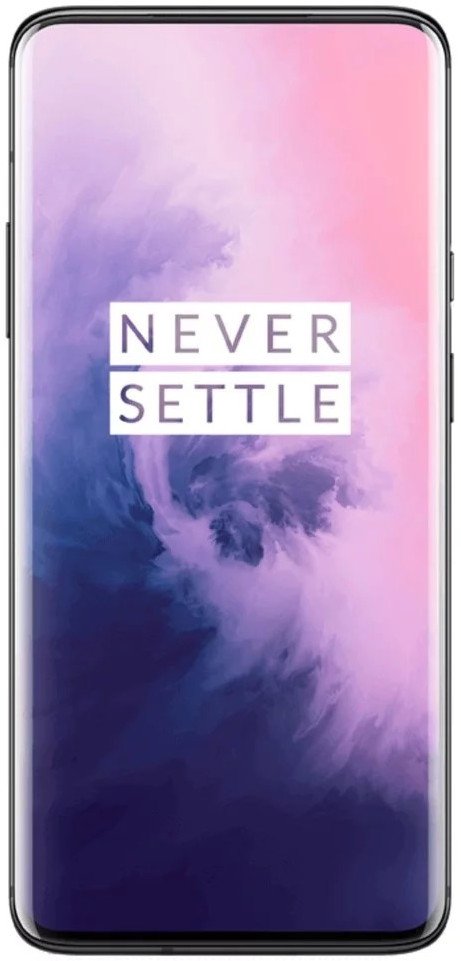Warp Charge takes one of the best fast charging protocols available today and makes it even better.
OnePlus rolled out Dash Charge back in 2016 with the OnePlus 3 and 3T, with the 22.5W charging standard allowing devices like the OnePlus 6T to go from zero to 60% charge in just 35 minutes. Starting from the OnePlus 6T McLaren Edition, however, OnePlus is introducing a new fast charging standard called Warp Charge that offers even faster charging speeds.
OnePlus is quoting charging speeds going from flat to 50% in just 20 minutes with Warp Charge, and a full charge in under an hour. Warp Charge is now standard across all OnePlus devices, with the OnePlus 7 series offering a 30W wall plug in the box.
While there are other fast charging solutions that let you top up your battery quickly, the advantage with OnePlus' implementation is that it doesn't overheat your phone. That's because most of the charging circuitry is offloaded onto the wall unit. Like Dash Charge, Warp Charge is based on OPPO's Super VOOC charging standard, and is different from the majority of quick charging options available today.
Here's what you need to know about Warp Charge.
A primer on fast charging
A standard smartphone battery is highly reactive, which is why phone manufacturers have several safeguards built into the charging circuitry. Lithium-Ion batteries are able to take in more power initially, tapering out as the charge builds. It is on this principle that fast charging works.
Qualcomm's Quick Charge technology delivers a higher voltage to the battery to expedite charging time. Quick Charge 4.0 is fully compliant with the USB-C Power Delivery (PD) spec, and is 20% faster and up to 30% more efficient than Quick Charge 3.0. Qualcomm has introduced a power management algorithm called Intelligent Negotiation for Optimum Voltage (INOV) to ensure better temperature regulation, along with safeguards to protect against overheating and overcharging.
Qualcomm uses high voltages, whereas OPPO pushes more amperage to the phone.
Qualcomm claims that with its parallel charging technology, you'll be able to use your phone for five hours with just a five-minute charge. The chip vendor licenses the technology to third-party OEMs, which is how companies like Samsung can offer Adaptive Fast Charging on the likes of the Galaxy S10. In Samsung's case, the company is still using Quick Charge 2.0, but most flagships in the market today offer a charging standard based on Quick Charge 4.0.
Meanwhile, OPPO has its own fast charging solution called Super VOOC (Voltage Open Loop Multi-step Constant-Current Charging). The fast charging system is used in the likes of the Reno and other OPPO flagships in a bi-cell 50W configuration, and is available on the OnePlus 7 Pro in a 30W option. OPPO uses dedicated circuitry in the charger itself for heat management and dissipation, which is why you can only get Warp Charge speeds with OnePlus-branded wall and car chargers — such as the one that's included in the OnePlus 7 Pro's box.
The key difference between the two fast charging technologies is that while Qualcomm uses higher voltages to charge batteries, VOOC relies on delivering a higher amperage. For instance, Quick Charge 3.0 goes up to 6.5V at 3A, creating 19.5W, whereas Warp Charge delivers 5V at 6A to attain 30W. And that has a few advantages.
A day's worth of battery life in 20 minutes
One of the main benefits of Warp Charge is its ability to keep temperatures low while charging. The fast charging option allows you to watch videos or play games while the phone is charging, with no net drop in charging speeds. That isn't the case with Quick Charge, as the higher voltages invariably lead to the phone reverting to normal speeds to prevent overheating.
In fact, OnePlus is actively touting Warp Charge's efficacy while gaming, stating that the standard will deliver up to a 52% charge in 30 minutes. With the screen off, the 30W Warp Charge will be able to charge the battery from flat to 50% in 20 minutes, and up to 70% in 30 minutes. By contrast, the S10 is able to go only up to 41% after a 30-minute charge from the bundled wall charger.
With Warp Charge, you can play games or watch videos while charging your phone without worrying about overheating.
Furthermore, even though the OnePlus 7 Pro can charge up to 50% in just 20 minutes, it takes an additional 40 minutes to fully charge the battery. That's to prevent damage to the battery (and more importantly, you), with the wall charger limiting output at 2A after hitting 75% and going even lower after reaching 85%. The microcontroller unit inside the phone constantly monitors the charge level to determine the desired amperage to be delivered.
The main disadvantage with Warp Charge is that you need to use OnePlus-branded chargers to get the higher speeds, as OPPO is yet to license the technology to third-party vendors. You can use other chargers to top up the OnePlus 7 Pro, and use the Warp Charge wall charger with other devices, but in both cases they will fall back to a lower charging speed.
Can I use Warp Charge on older OnePlus phones?
Right now, Warp Charge is limited to the OnePlus 6T McLaren Edition and the OnePlus 7 series. Because the standard has higher charging speeds than Dash Charge, it comes with added safeguards on the phone itself: the battery protection board is larger — it has eight layers for better heat distribution — and the wire that connects the battery to the board is wider as well.
As such, you won't be able to use Warp Charge on older OnePlus phones. When you plug in the charger to the standard OnePlus 6T, it will fall back to Dash Charge speeds. OnePlus says it could have rolled out compatibility to the standard 6T via a software update, but as the device lacks the hardware-level safeguards, it chose not to do so. Considering we're dealing with batteries, that's a wise call.
Get More OnePlus 7
OnePlus 7 Pro




Tidak ada komentar:
Posting Komentar